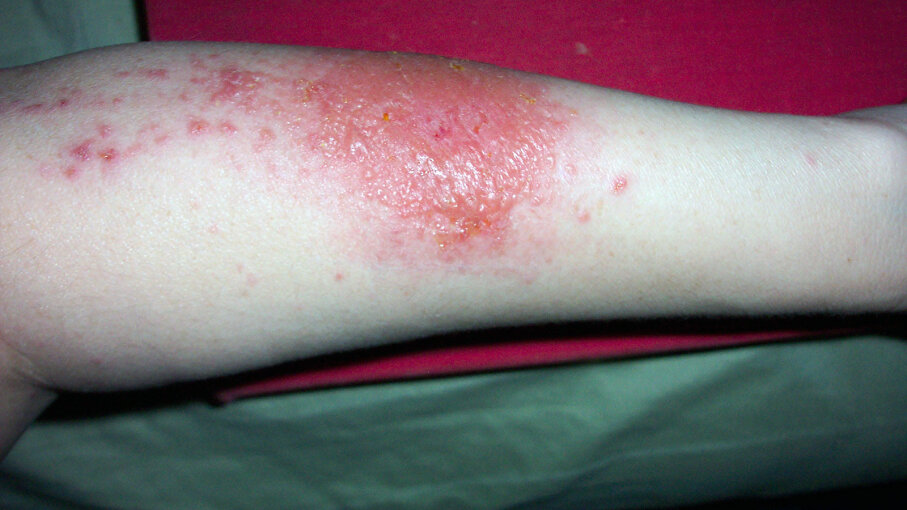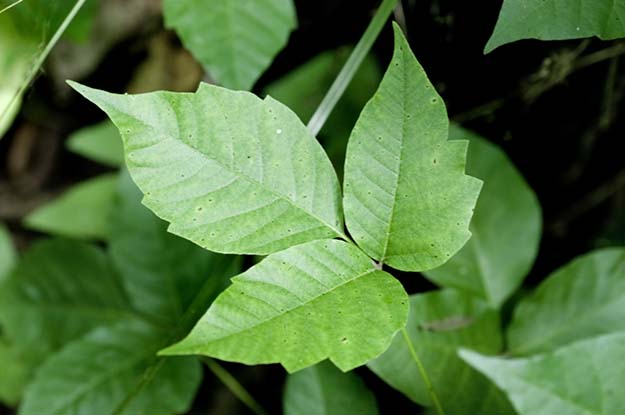Table of Content
This wonderful plant is great for treating sunburns and other types of burns! It is also great for treating the rash caused by these poisonous plants. If you find you've been exposed to urushiol oil, try and wash it off with soap and water as soon as you can. With luck, you'll get it off you before it penetrates the skin and "hello dermatitis."

But poison oak and poison sumac have never been documented by botanists as growing in the state of Iowa, according to the Iowa Department of Natural Resources. There are plants, even oak and sumac species, that look similar but are not poisonous. Some people mistakenly think that a different-looking species of poison ivy is actually poison oak or poison sumac. The presence of protein in oatmeal makes it one of the most potent remedies to purge poison ivy rashes on your skin, face.
What Is Poison Ivy?
Sensitivity to urushiol occurs when individuals come into contact with it. The first time a person is exposed, they may not develop a rash. However, with repeated exposure, sensitivity develops that ultimately leads to the development of the characteristic rash. Red, itchy, bumps, or blisters on the skin are typical. Blend a raw potato in the blender or food processor. Apply the potato paste to the skin and cover area with plastic wrap to relieve itching.

More than half the people in the United States are sensitive to poison ivy, poison oak, and poison sumac. If an individual is sensitive, he or she can develop an itchy, blistering rash by coming into contact with these plants. Pictured are the distinctive leaves of poison ivy, poison oak, and poison sumac.
Home Remedies to Get Rid of Flies
If these plants are burned, the airborne particles of urushiol can be inhaled, causing respiratory difficulty from irritation of the lungs. A substance called urushiol, found in these plants, causes the rash. You can apply the flesh of the aloe vera plant into the infected part directly. Leave on for a couple of minutes then wash off with cold water. Just rub the inside of a banana peel on the affected area to help relieve itching and inflammation. You can also soak in a bath of warm water and a cup of Himalayan crystal salt for a ½ hour.
The allergic reaction causes a rash followed by bumps and blisters that itch. In some cases, a severe reaction that causes swelling or trouble with breathing or swallowing may happen. As your blisters ooze or burst, they will begin to dry out. They will eventually form a crust once fully dry and begin to heal. This can take 2 to 3 weeks, and you may still experience itching in the meantime. Below are pictures of poison oak rash on different skin types.
How Do I Prevent Poison Ivy Rash?
These plants all secrete a chemical that causes itching and rash. You probably won't need medical treatment for a poison ivy rash unless it spreads widely, persists for more than a few weeks or becomes infected. If you're concerned, you'll probably first see your primary care doctor. He or she might refer you to a doctor who specializes in skin disorders .
The rash is caused by the body’s reaction to an oil in the plants called urushiol. Poison ivy is a North American plant in the cashew and pistachio family, with a scientific name of Toxicodendron radicans. It is a climbing shrub rather than a true ivy, common in human environments, and noted for its light- to dark-green leaves grouped in threes. Poison ivy is the source of a potentially painful skin rash in persons who handle it or anything with which the plant has come into contact. An estimated 85 percent of all Americans are susceptible to poison ivy rash. Two other North American plants, poison oak and poison sumac, pose a similar health risk.
When to see a doctor
Apart from placing it on top of your eye lids to reduce dark circles, sliced cucumber is one of the best home remedies for Poison Ivy/ Oak rashes. For the optimal result, bring out a frozen cucumber from your refrigerator and slice it in multiple pieces. Compress the concerned skin by one slice at a time, with the duration of 5 minutes each.
Common allergic disorders include hay fever, asthma, allergic eyes, allergic eczema, hives, and allergic shock. As soon as you get in touch with a poison sumac, pour cold coffee into the infected area since it contains chlorogenic property for treating inflammations. Himalayan crystal salt dries out the skin, therefore, drying out a poison ivy rash.
There is hardly any difference in the rashes caused by Poison Ivy, Poison Oak and Poison Sumac. With much scrutiny, you can be able to recognize these 3 plants individually. But do keep note that, once you brush against any of these three, it can bring on flaming skin, oozing blisters and lots of pain along with it. If an area has each of these three plants, then it’s quite hard to tell – which one caused the skin rashes. A Poison Ivy leaf is bright-green, with three leaflets and pockmarks.

Of course, it is always advisable to apply at the earlier stages. But should the product not reach the buyer on time, it can still do its magic, even when there are already blisters and all. Take antibiotics only when the skin is infected with bacteria. Let blisters be.Blisters protect the raw skin underneath from infection, so leave them alone, even if they open up. Resist the urge to scratch.Scratching the rash can cause infection.
For most folks, those annoying bumps and blisters will be nothing but a bad memory in a few weeks. An oily substance in the plants called urushiol causes the allergic reaction. When doing so, you should pay special attention to your hands, fingernails, and whatever skin may have been in contact with the plant.

No comments:
Post a Comment